“Towns have always been seen as a threat”
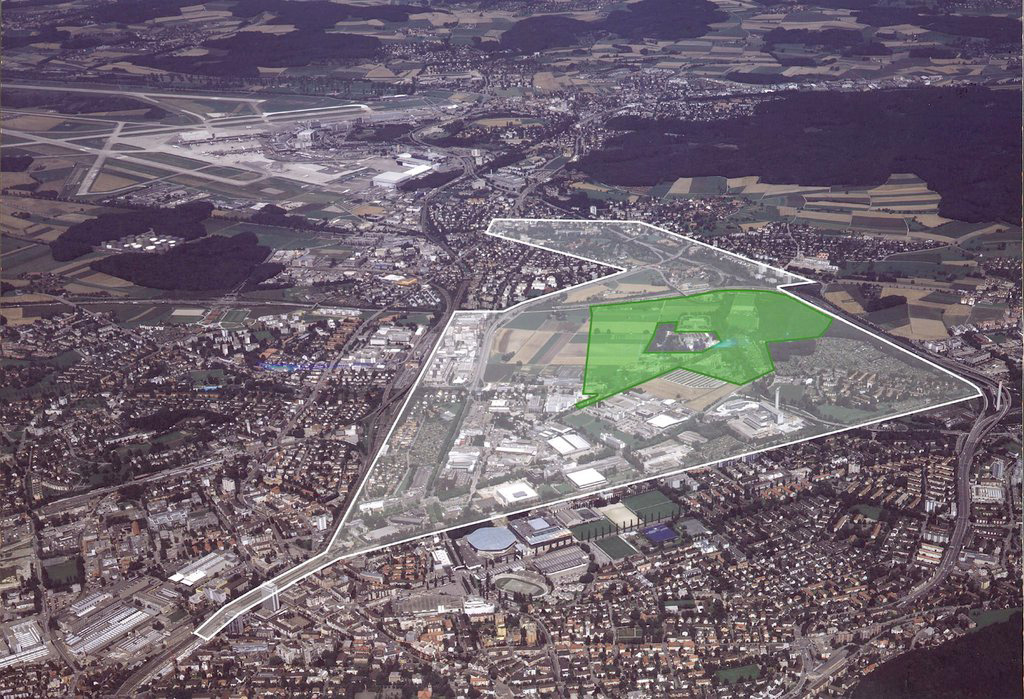
Though cities may be the seat of economic power in Switzerland, they play very little role in the image that the country likes to imagine itself having, or in the way it's seen abroad.
According to a recent study carried out by the BAK economic think tank in Basel, towns and cities are responsible for 83 per cent of Switzerland’s Gross Domestic Product.
From a political and historical point of view, they were long neglected. Indeed, cities were almost the object of hate on the part of federal authorities, according to Joëlle Salomon Cavin, an urban geography lecturer at Lausanne University.
In 2011, she wrote a book called Anti-City: The roots and consequences of Urba-phobia.
swissinfo.ch: Is this divide between town and country a recent phenomenon in Switzerland?
Joëlle Salomon Cavin: No it goes back a long time. From the 18th century onward the Swiss national identity was built on the gulf between cities and mountain regions.
The 1848 constitution gives power to more populated rural areas, areas which came about as a sort of revolt against the big cities like Zurich, Basel or Geneva. The creation of a two-chamber parliamentary system with the Senate [where as a rule there are two representatives per canton, irrespective of their population] limited the power of more populated cantons.
From that point on, urban growth, migration towards the cities and construction sprawl acquired negative connotations in the Swiss mindset. In recent years, the gap between town and country has become even more pronounced, as the demographics mean cities are magnets for wealth, but on a national political level they punch below their weight.
swissinfo.ch: How has this mistrust of cities manifested itself in Swiss land management policy?
J.S.: Land management really only started to be a national topic of conversation in the 1940s, and at that time urban growth was seen as nothing short of a catastrophe for Switzerland.
The two world wars did nothing to change this perception – the cities were seen as internal enemies, taking up valuable land that could have been used to grow food for the population.
In contrast to the protection of natural and agricultural landscapes, city planning and construction have not been priorities. Even today, the federal law on land use is aimed at a measured and considered use of the land. This principle is largely a hangover from the fight against urban development – a sort of urban anti-development.
As a consequence, up until the 1990s, the government focused its planning policies on the periphery of cities and rural zones – the idea being to try and ‘balance’ the country and to not concentrate everything in the cities.
swissinfo.ch: In your recent book, you talk about ‘urba-phobia’. What do you mean by that?
J.S.: Cities can be a legitimate subject for criticism, because they can bring about disagreements and criticism. But urba-phobia goes much further than that.
It’s a conscious position, a judgement that towns and cities are inferior to rural areas, and it’s a hostility towards towns and cities, an ideology that tries to shape reality. This urba-phobia is not just a Swiss exception – there was the same sort of thing in Vichy France, Nazi Germany or in Fascist Italy.
Everywhere in Europe, countries build myths around their rural countryside. Because of where Switzerland is geographically – a guardian of the Alps – this attachment to rurality has taken on far greater importance than elsewhere.
In the idea Switzerland has of itself, cities and towns are simply ignored. Switzerland’s image has been built out of mountaintops, the pristine countryside, a gentle village figure and a few living museum cities like Lucerne.
swissinfo.ch: But things are slowly changing…
J.S.: This ‘urba-phobia’ is weakening a little, and land management is evolving a little. In the beginning of the 2000s [the then environment minister] Moritz Leuenberger brought in an agglomerations policy – and the 2002 national exhibition put cities centre stage and bathed them in a flattering light.
Even if it seems obvious, cities and towns making a lot of the fact that they are economic engines for the country has helped change attitudes. Of course, in recent years, the need to increase the housing stock has also helped make the city a more acceptable place.
However, urba-phobia still seems to be present in Swiss society. The vote forced by [environmental activist] Franz Weber on holiday homes is the best example of this.
During the campaign, voters were subjected to pictures of the Matterhorn covered with holiday homes. The overall image given off was one of a Switzerland being built on rapidly and recklessly, and this image is still very powerful.
swissinfo.ch: Isn’t this fear rather justified if you take into account that building reduces land available for other uses?
J.S.: Weber puts his finger on a real problem when he talks about urban sprawl. That is to say construction, that spreads out in a loose fashion and destroys the Swiss landscape.
But to highlight this problem, he makes out that urbanisation is the same as, and just as bad as, construction sprawl. This is simply not the case.
If urban growth is dense and compact, the population can grow while the landscape remains untouched. The example that’s often used in Switzerland is the square metre concreted over every second in Switzerland. But it gives a distorted image of Swiss countryside and agricultural lands being swallowed up by concrete and tarmac.
It is much easier to get the public indignant about an increase in concreted surface area rather than to explain that the detached house, beloved by the Swiss and prized as a status symbol, is the main culprit when it comes to urbanisation.
The Federal Spatial Development Office and the State Secretariat for Economic Affairs have been tasked with putting together a proposal for advancing the government’s agglomeration policy by 2014. This proposal should then be made into legislation between 2016 and 2019.
17 challenges, divided into six thematic areas and published in a report on August 30, have been given high priority.
Among them are increasing rental prices, population growth, the attractiveness of city centres, and the impact of immigration.
Another area involves looking for solutions to limit the increasing demand for energy – such as demolition and conversion of sites, seeking to integrate transport areas into the urban growth in order to save energy.
Limiting the growth in built-on land by densifying construction and converting industrial buildings.
Developing a strategy for the fair division of costs of special transport, security, cultural and social projects.
According to the Federal Statistics Office, the continued growth of large agglomerations has given birth to five conurbations in Switzerland: Zurich, Basel, Geneva-Lausanne, Bern and Italian-speaking Switzerland.
The BAK think tank presented a report on urban areas to coincide with the 115th anniversary of the Swiss Association of Cities. 74% of Swiss residents live in urban areas, and those areas count for 84% of the Swiss GDP.
Cities and towns may be gaining in demographic importance and wealth, but this is not true at a political level.
In the Senate (one of two parliamentary chambers), each canton has two seats, irrespective of population.
In nationwide ballots, one vote from canton Uri had the same statistical weight as 17 votes from canton Zurich in 1850. Today a vote from Uri is worth 35 Zurich votes.
(Translated from French by Victoria Morgan)

In compliance with the JTI standards
More: SWI swissinfo.ch certified by the Journalism Trust Initiative
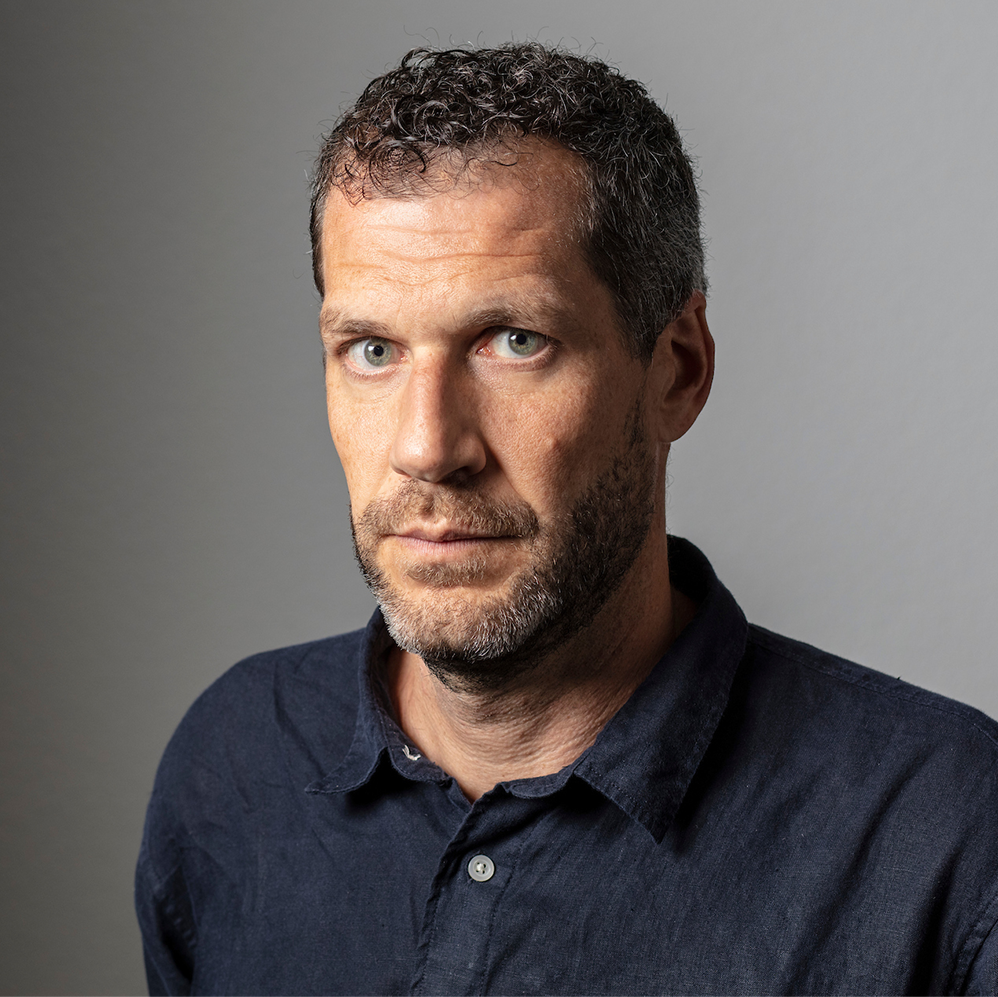
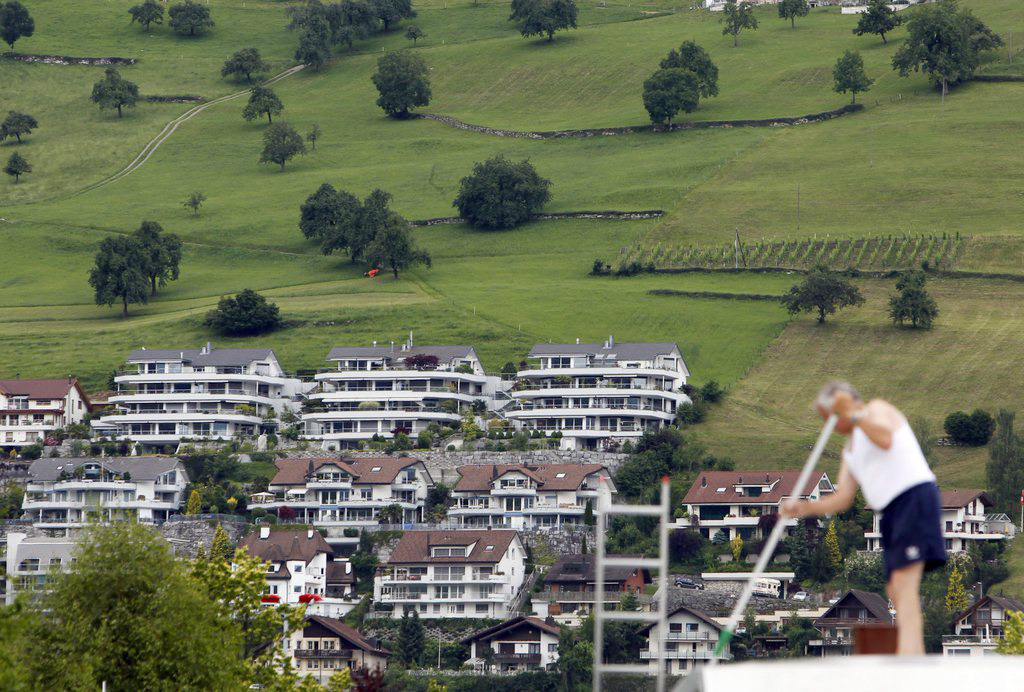
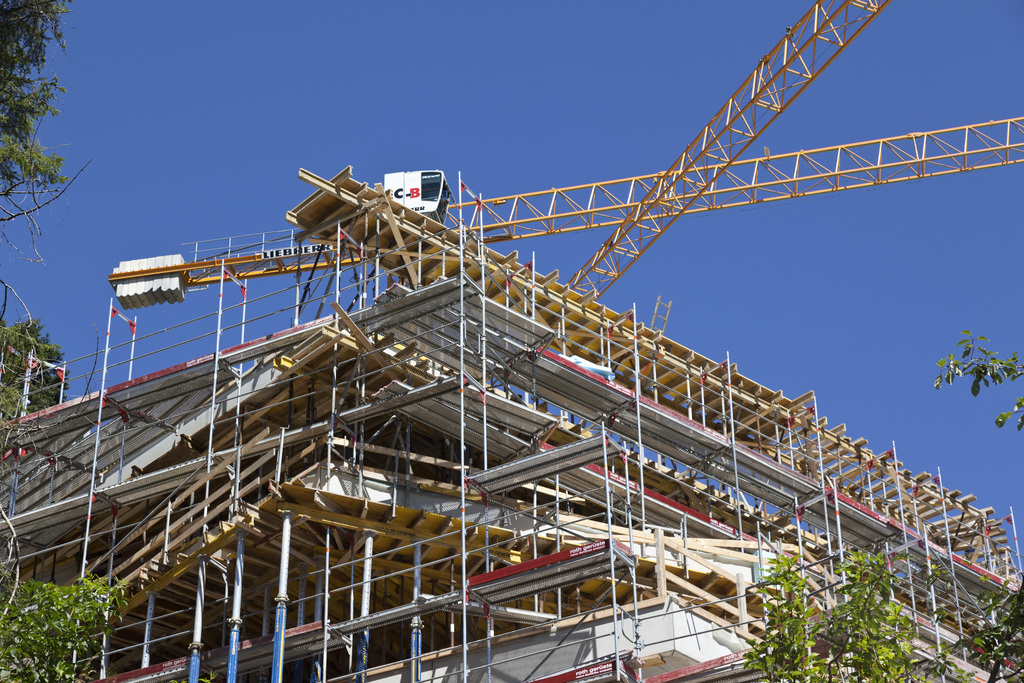
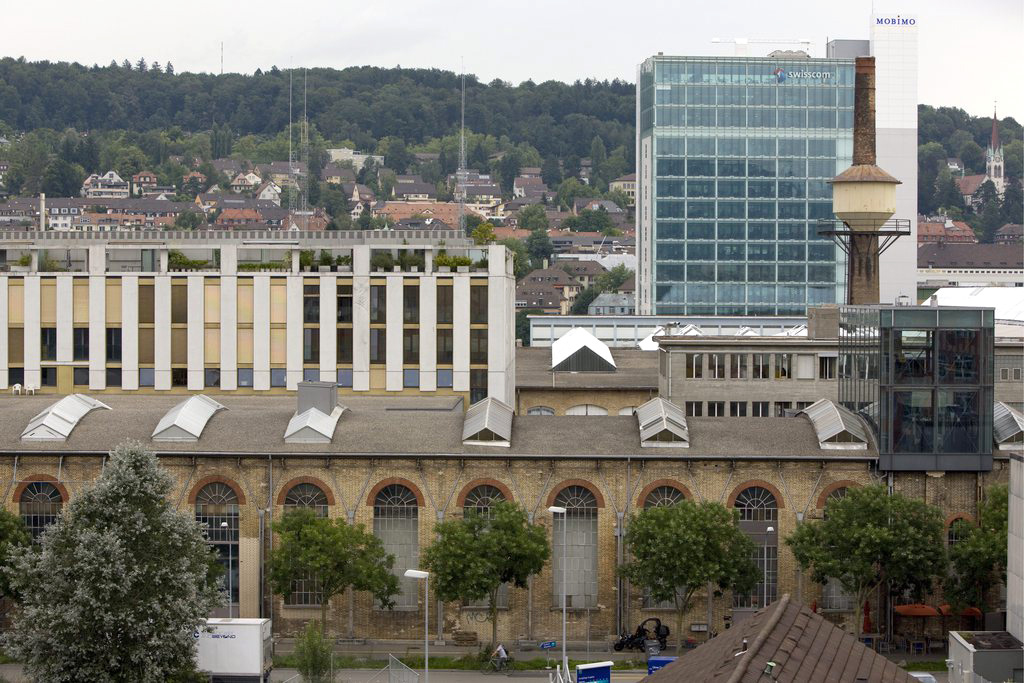
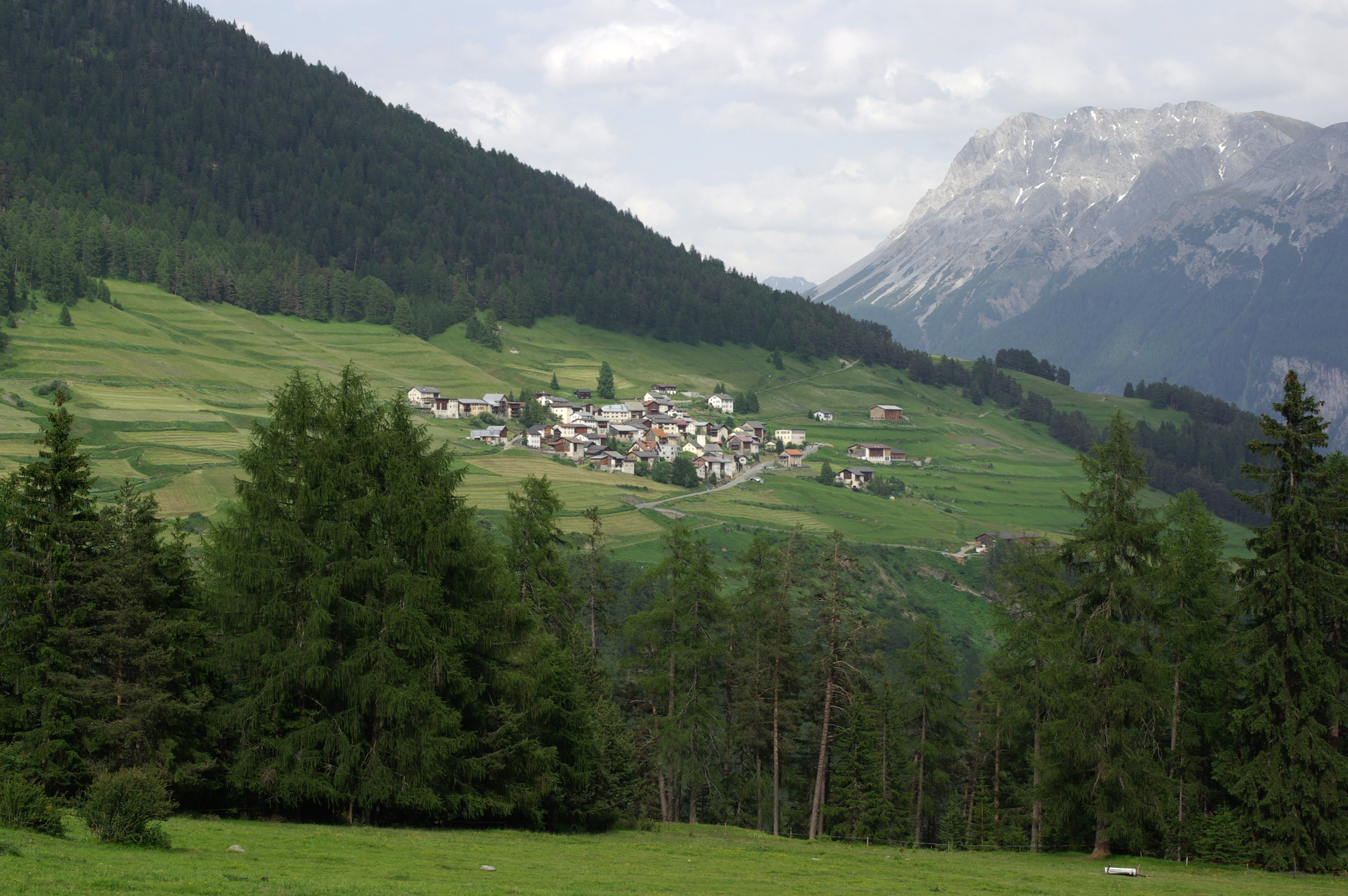
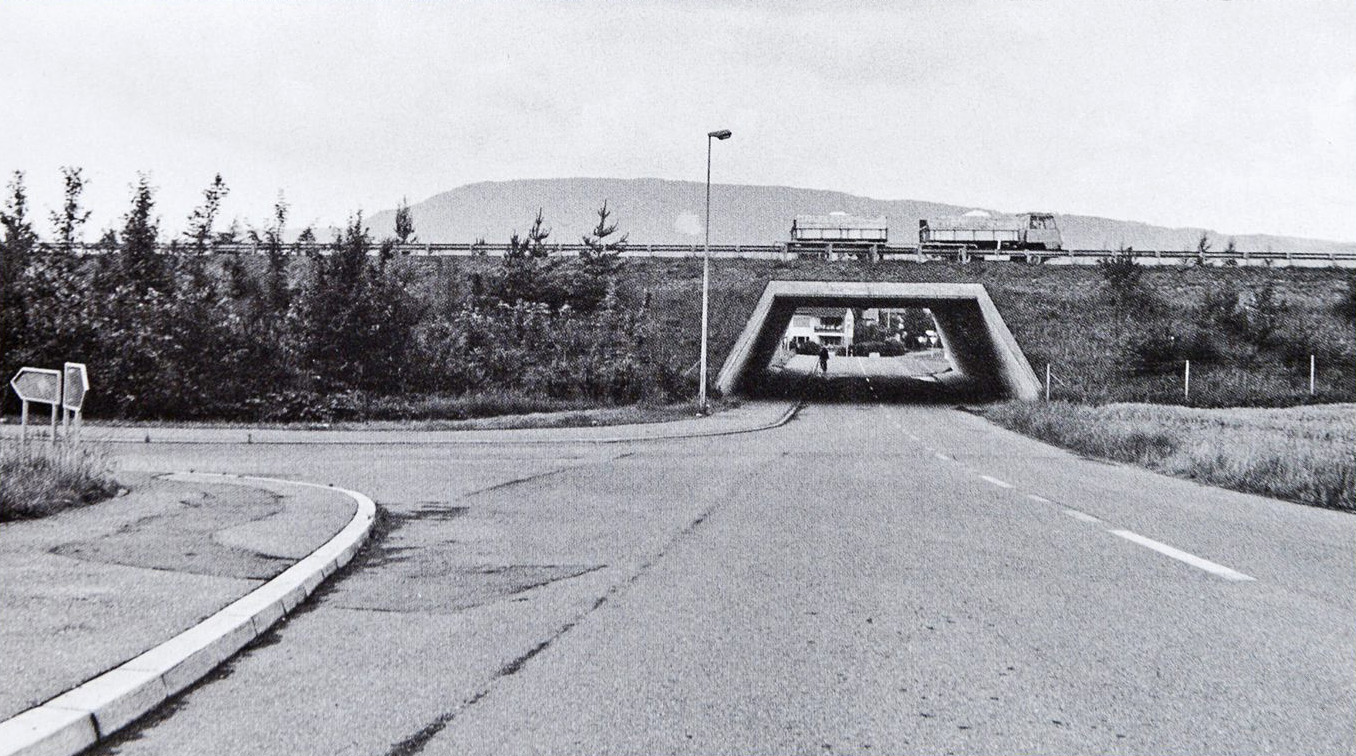
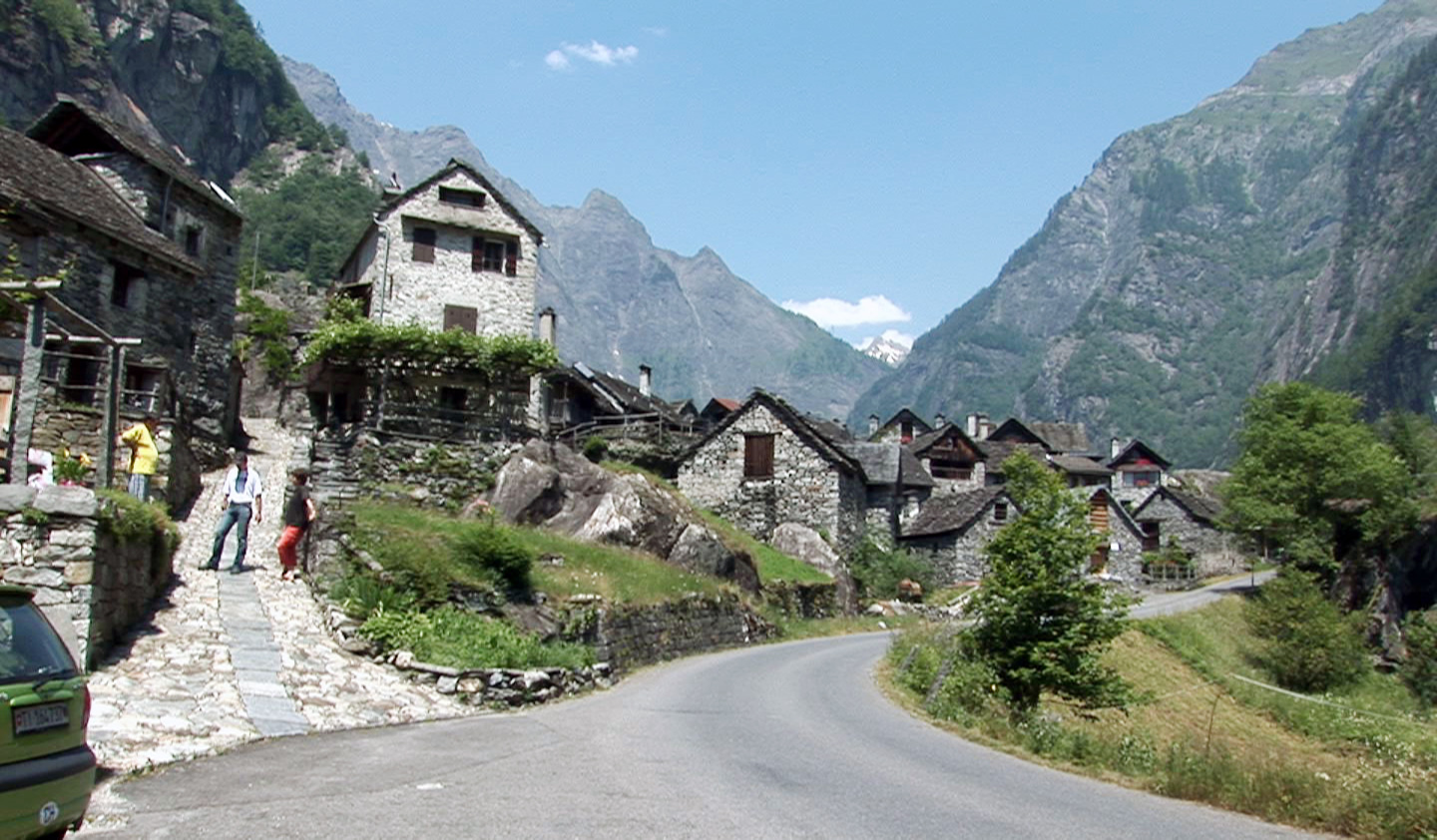
You can find an overview of ongoing debates with our journalists here. Please join us!
If you want to start a conversation about a topic raised in this article or want to report factual errors, email us at english@swissinfo.ch.